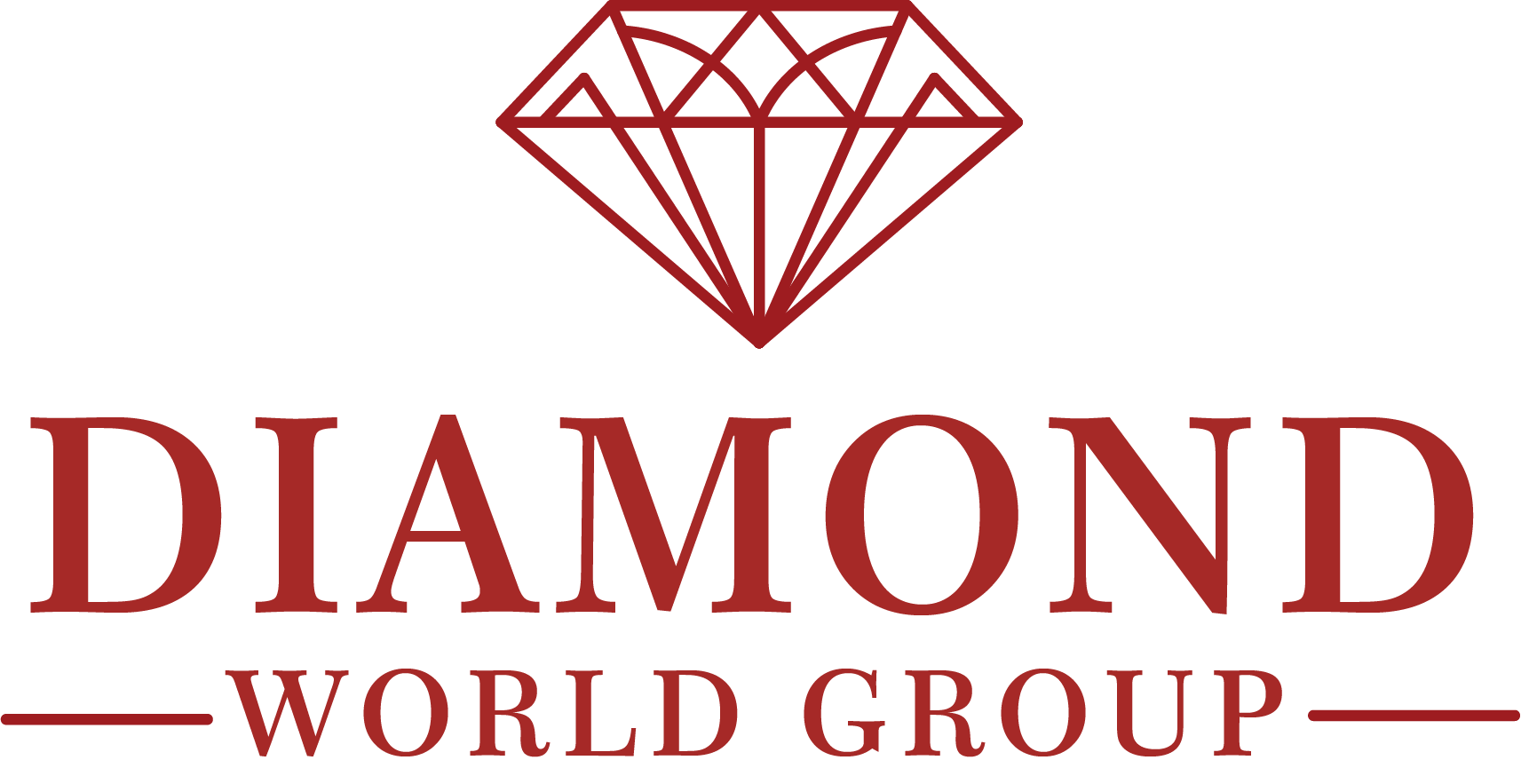What Is A Diamond Shape?
What Is The Best Diamond Shape?
Are Diamond Shape And Diamond Cut Interchangeable?
Technically, no. Conversationally, yes. While shape and cut mean distinctly different things, it's common for customers, jewelers and other industry professionals to use the terms interchangeably. From a textbook perspective, shape refers to the outline of a diamond and the cut of a diamond refers to the facets, proportions, dimensions and overall reflective qualities that make a diamond sparkle.
What Is The Length-To-Width Ratio Of A Diamond, And Why Does It Matter?
Popular Diamond Ring Shapes
Princess-Cut Diamond
The most popular non-round shape, known for its brilliance and unique cut. It has pointed corners and is traditionally square, though some can be more rectangular.
- Color Consideration: The corners may show slight color, so opting for a higher color grade is recommended.
- Ideal Length-to-Width Ratio:
- Square appearance: 1.00 – 1.05
- More rectangular: 1.10+
- Premium Option: Consider an Astor by Blue Nile™ Diamond for maximum sparkle.
Emerald-Cut Diamond
Recognized for its step-cut pavilion and large open table, which emphasize clarity rather than sparkle.
- Clarity Consideration: Lower clarity grades (e.g., SI) may have visible inclusions. Check the diamond certificate for a clarity plot.
- Alternative: If you prefer a more square shape, explore Asscher-cut diamonds.
Ideal Length-to-Width Ratio:
Emerald cuts vary in shape, so choose based on your preference
Asscher-Cut Diamond
A square version of the emerald cut, featuring step-cut facets for a vintage-inspired look.
- Clarity Consideration: As with emerald cuts, inspect the diamond certificate to assess inclusions.
- Color Consideration: The corners may show slight color, so a higher color grade is recommended.
Ideal Length-to-Width Ratio:
For a true square shape, choose a 1.00 ratio.
Marquise-Cut Diamond
A long, pointed shape that maximizes carat weight, making it appear larger than other diamonds of the same weight.
- Style Tip: Pairs beautifully with round or pear-shaped side stones.
- Flattering Feature: Its elongated shape enhances the appearance of long, slender fingers.
Ideal Length-to-Width Ratio:
Ranges based on preference.
Oval-Cut Diamond
A timeless shape with brilliance similar to a round diamond.
- Flattering Feature: The elongated shape accentuates long, slender fingers.
Ideal Length-to-Width Ratio:
Ranges based on preference.
Radiant-Cut Diamond
A brilliant cut with trimmed corners, making it a versatile and durable choice.
- Styling: Complements both baguette and round side diamonds.
- Shape Variations: Available in square or rectangular forms.
Ideal Length-to-Width Ratio:
Varies based on preference.
Pear-Shaped Diamond
Also known as a teardrop diamond, featuring one rounded end and one pointed tip.
- Flattering Feature: An elongated pear shape creates a slimming effect on the fingers.
Ideal Length-to-Width Ratio:
Varies based on preference.
Heart-Shaped Diamond
A symbol of love, making it a romantic and distinctive choice.
- Color Consideration: The pointed tip may show slight color, so consider a higher color grade.
Ideal Length-to-Width Ratio:
Ranges based on preference.
Cushion-Cut Diamond
A vintage-inspired shape with rounded corners and larger facets, often referred to as a pillow-cut diamond.
- Clarity Consideration: Larger facets can make inclusions more visible. Review the diamond certificate for clarity details.
- Shape Options: Available in both square and rectangular proportions.
Ideal Length-to-Width Ratio:
Varies based on preference.
